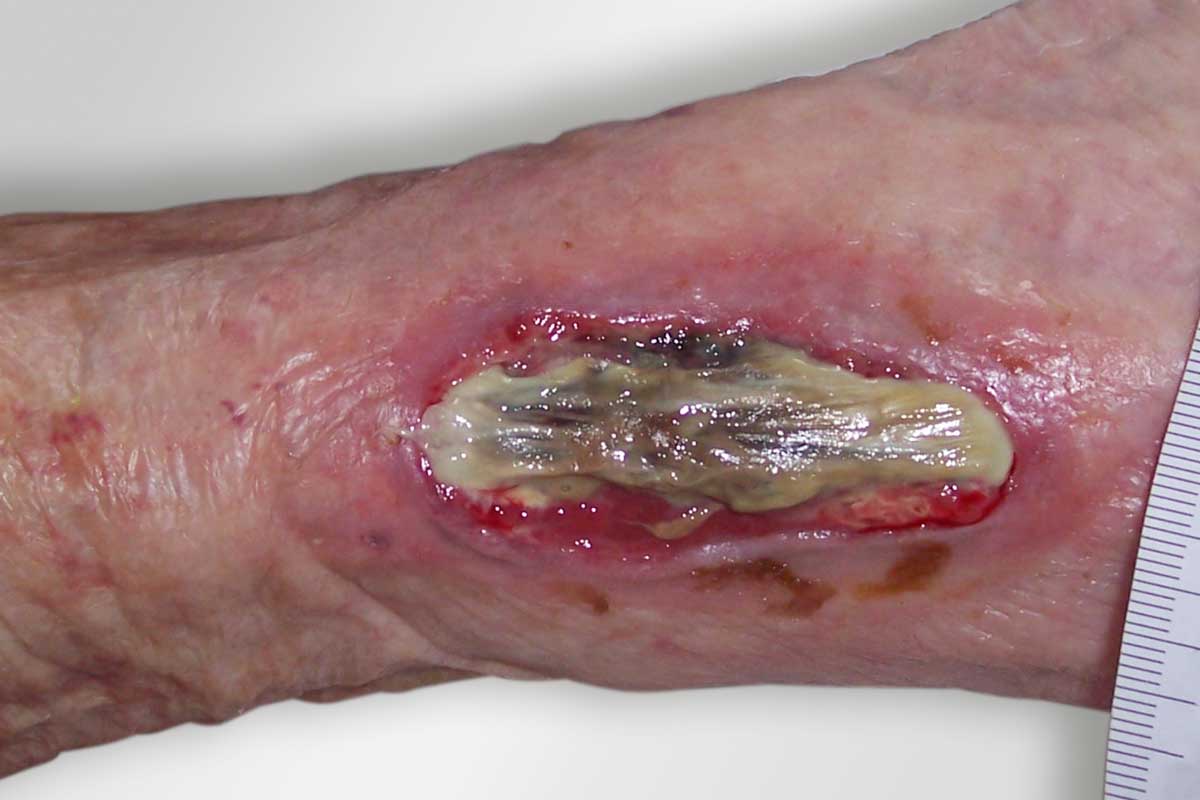What are the top 7 steps for assessing your leg health?
Despite using our legs every day, we often overlook our leg health.
In the UK, there are limited protocols for detecting issues in the lower limbs in the early stages.[1]
This means that the most common conditions affecting leg health, including lymphoedema, chronic venous insufficiency (CVI), and peripheral arterial disease (PAD), are rarely diagnosed before more serious symptoms emerge.[2] This can often lead to avoidable patient harm and a lower quality of life.
Preventative care is the key to managing your overall leg health. Prevention depends on identifying lower limb issues early and implementing the appropriate treatment plan shortly after.
You know your legs better than anyone else. This means that any signs and symptoms of poor leg health and lower limb conditions will generally be more obvious to you than they will be to your GP.
Knowing what visual and physical symptoms to look out for and checking your legs regularly will empower you to bring them to the attention of your GP. This can help speed up the identification and diagnosis of an underlying condition before it becomes more serious.
If you notice any changes to the skin of your legs or experience any physical discomfort, it is important that you make an appointment with your GP as soon as possible.
Prevention and early detection are the most effective forms of medical intervention.
What should I look for when I check my legs?
• Has the colour of the skin on any part of my legs changed?
• Do I have reddish/brown staining above my ankles?
Changes in skin texture
• Does my skin feel tauter?
• Does my skin have a more leathery look and feel?
• Do I have flaky, rough and itchy skin around my legs and feet?
feeling in the leg
• Do I have reoccurring aches and pains in my legs?
• Do I frequently experience leg cramps?
• Do I regularly get pins and needles in my legs?
• Do I suffer from shooting or sharp pains intermittently?
• Do I have numbness or a loss of sensation in my legs?
• Do my legs feel heavy, especially around my ankles?
• Does movement exacerbate any existing aches or pains in my legs?
• Does walking cause me pain that I do not generally feel when I am still?
• Do I feel I am able to move with less ease than I usually do?
• Do my legs appear swollen?
• Is any existing swelling in my legs getting worse?
• Is the swelling concentrated around my ankles?
• Do I notice any other visible changes to the shape of my legs?
• Am I noticing any pain or heaviness around the swelling?
• Have I recently noticed an increased vulnerability to injury or skin breaking in my legs?
• Do I have any wounds on my legs?
• Is any existing wound taking more than 4 weeks to heal?
• Has the wound grown in diameter since it first occurred?
• Has the wound begun to show signs of infection?
• Has the wound developed an odour?
• Do I have varicose veins on my legs?
• Has the skin around my varicose veins become dry, itchy or discoloured?
Resources:
Other related articles:
References:
- Journal of Wound Care. Consensus Document 2021; 30(11): 14
- Ibid: 15
Disclaimer:
Please note that while every effort is made to ensure the accuracy of the content presented, it is purely for educational purposes only and is not a substitute for professional medical advice.



